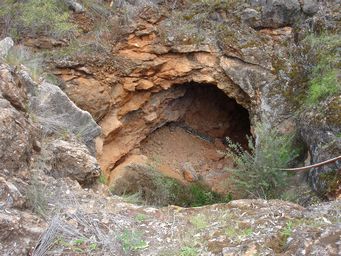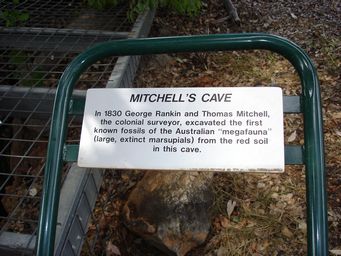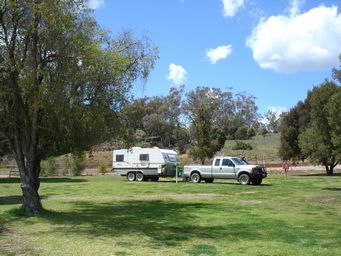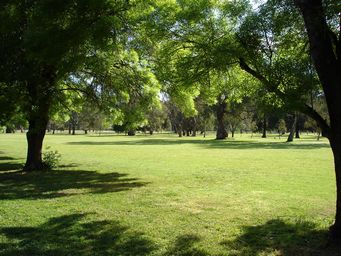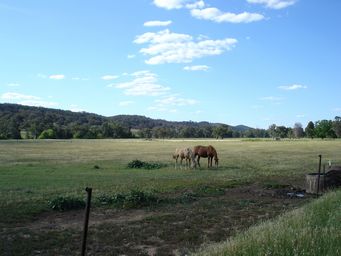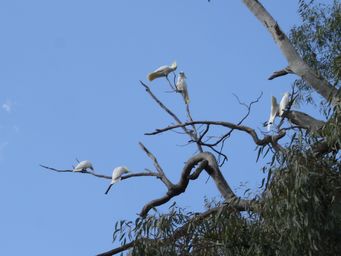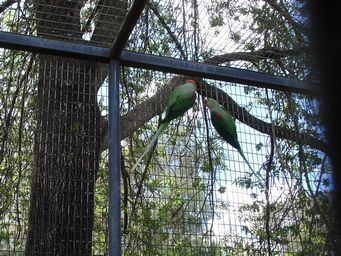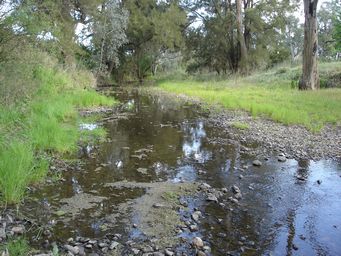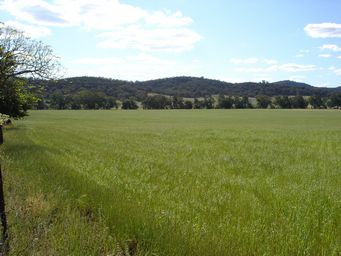Australia So Much to See
Wellington Caves, New South Wales
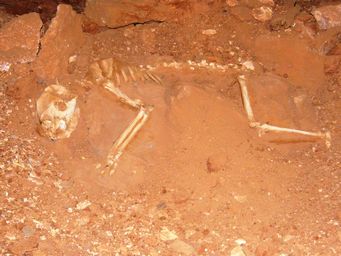
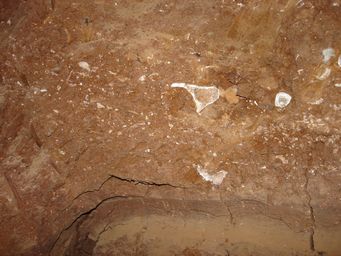
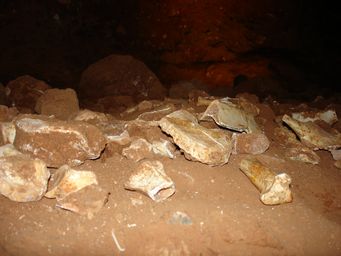
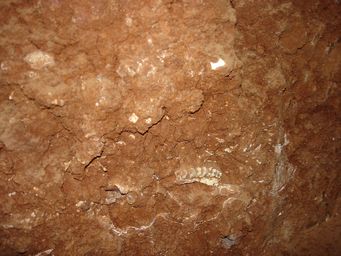
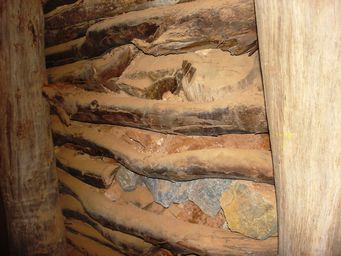
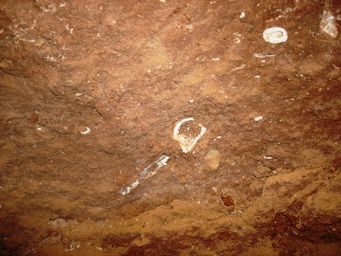
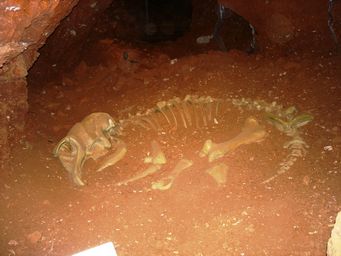
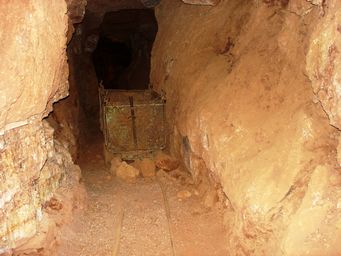
Across the road from the Caves office,
there is a small Japanese Gardens which include a man-made mountain, cascading stream and reflection lake. 126 different plant
species are represented, and incongruously in the centre of the gardens there is a beautiful big Australian gum tree. The funding
for the project was a gift donated by Osawano Town Council, and the gardens were constructed during 1999.
The reserve's caves are one of the most significant sites for mammal fossils in the world and house the largest deposit of Pliocene-Pleistocene
mammal fossils in Australia, ranging in age from 30,000 to four million years. Fossilised bones of extinct megafauna, such as the
giant kangaroo, marsupial lion and seven-metre-long carnivorous goanna, have also been discovered in and around the caves.
Other caves, including the Bone Cave and the fossil rich Mitchell Cave, are not open to the public. Fossils are being removed from
the Bone Cave and Mitchell Cave. This was the era of the Thylacoleo and the enormous Diprotodon.
The mining did lead to the discovery of the Bone Cave; a rich source of megafauna fossils, comparable to the discoveries at Naracoorte in
South Australia. While fossilised bone fragments are very obvious in the walls of the mine (above), a few ‘displays’ of megafauna
skeletons have been set up (below), as the Bone Cave is not open to the public.
A pleasant walk to the Bell River takes you through the Golf Course (at right) and past farmlands (below). There is plenty of birdlife both on the course and at the river.
A tree full of Sulphur Crested Cockatoos (bottom left), and the Bell River (bottom right). The Bell River joins the Macquarie River at the town of Wellington.
This model of Wonambi naracoortensis is based on bones from Naracoorte Caves and Wellington Caves (at right). Although almost as large as the living South American Anaconda, this reptile was not a python, but the last survivor of an ancient serpent called the Madtsoiidae.
Madtsoiid fossils are also found in Africa and South America, but they disappeared from there long before
this species died out in Australia about 50,000 year ago. It may have been up to five metres long.
Thylacoleo was the largest mammal predator in Australia (above left). Some may have been as big as a lion, but they were marsupials, like wombats and many other Australian mammals, and were not related to cats. Thylacoleo was first discovered in Australia in the Wellington Caves.
A reconstructed skeleton of an enormous Diprotodon (above right). These displays can be viewed in the Phosphate
Cave.
Phosphate Mine was a cave opened to mining to access the two million year old bat guano in the caves, as Nauru, the richest source
of bird guano used for fertiliser, belonged to Germany and with an impending war an alternative source was sought. Phosphate mining
commenced in 1914 and until the closure in 1918, with little phosphate being recovered. Soon after the start of the War in 1914, Australian
forces captured Nauru, thus securing the phosphate deposits for allied countries.
